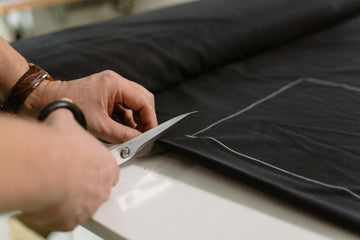Style’s never stood still — it’s shifted with the times, shaped by what’s happening in the world, who’s making noise, and what people are chasing. Back in the 1920s, blokes and women alike started ditching stiff silhouettes. Hemlines lifted, cuts loosened up, and clothing reflected changing roles and attitudes.
Come the '50s, the sharp look made a comeback. Clean lines, tailored jackets, and neat trousers were the go — thanks in part to screen icons and politicians setting the tone.
The '70s kicked the doors open on self-expression. Think wide-leg jeans, bold prints, and gear that turned heads. By the '80s, it was all about making a statement — big shoulders, loud colours, and a whole lot of influence from the music scene and TV.
Then came the '90s, pulling things back. Out went the flash, in came a stripped-down approach. Denim, simple tones, and loose fits became staples. The early 2000s mixed it all up — streetwear, sports cuts, and a bit of everything thrown into the mix.
Now? There’s no single direction. Social media’s put every style on show, and anyone can set the pace. With global ideas crossing over, and more talk around ethics and identity, what people wear is saying more than ever.
Look back and you’ll see the pattern — every trend has roots, and every shift reflects what’s happening beyond the wardrobe. Style’s not just about what’s worn, but why it’s worn — and that keeps the whole thing moving.

